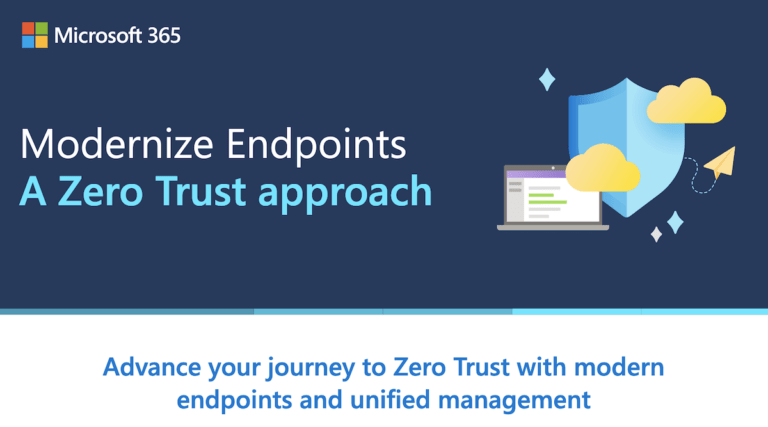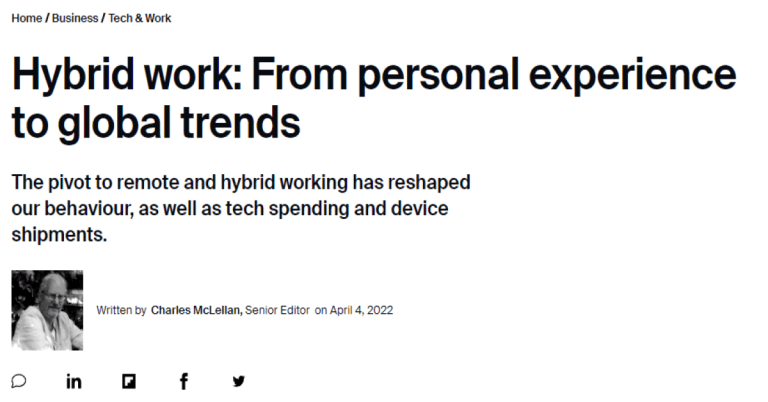Similar Posts

Subscribe Now
Stay up to date on the latest technological trends and learn how Windows Virtual Desktop helps employees virtually maximize their productivity and security. Subscribe here.

Don’t miss another post! Subscribe now.
Businesses are amassing enormous amounts of data, more than they know what to do with. Most are just using it to put together dense periodic reports explaining “what” happened too long after the fact to be of much use. Modernizing your digital workplace by moving to Azure and utilizing its AI technology can help you…

Toyota Motor North America Migrates 40,000 to Microsoft Teams in Three Weeks
How does a company respond to the challenge of remote work when they are already managing a major digital transition? Toyota Motor North America (TMNA) made the decision to move their original Teams deployment schedule four months ahead, and as a result, thousands of TMNA employees migrated from Skype for Business to Teams over three…

City speeds emergency services, controls spending with Microsoft 365
The City of Corona, California, had an aging IT infrastructure that didn’t adequately serve the government’s or the public’s needs. To address the issue, Corona deployed Microsoft 365, which includes Windows 10, Office 365, and Microsoft Enterprise Mobility + Security. With its modern solutions in place, the city now resolves many IT issues in 10…

Modernize Endpoints A Zero Trust approach
The approach to modernizing endpoints is realized with Microsoft 365—and Microsoft Zero Trust is the model for security. With Zero Trust in place, employees can perform from anywhere in the world while maintaining tight control over core security needs. Let the Microsoft intelligent security cloud and endpoint leadership be your guide. Take a look at this infographic and…

